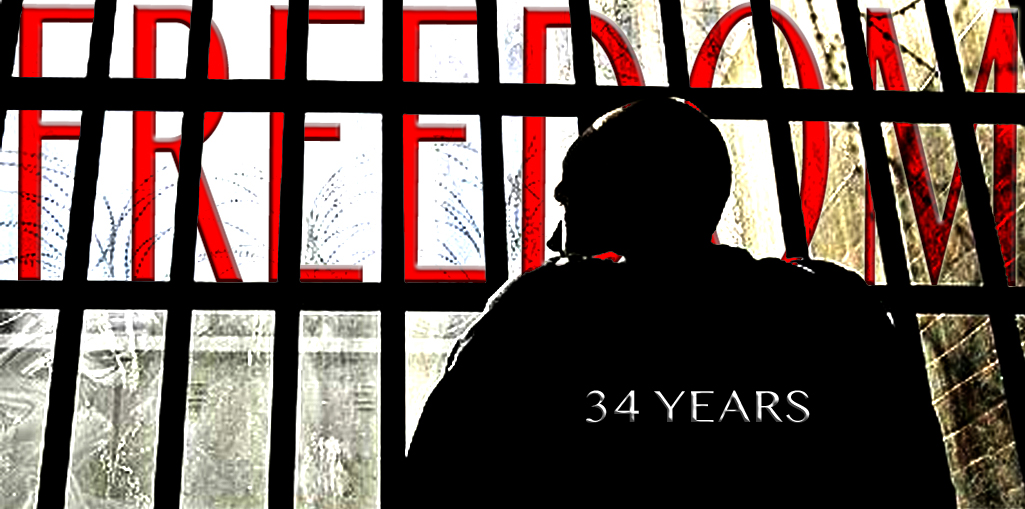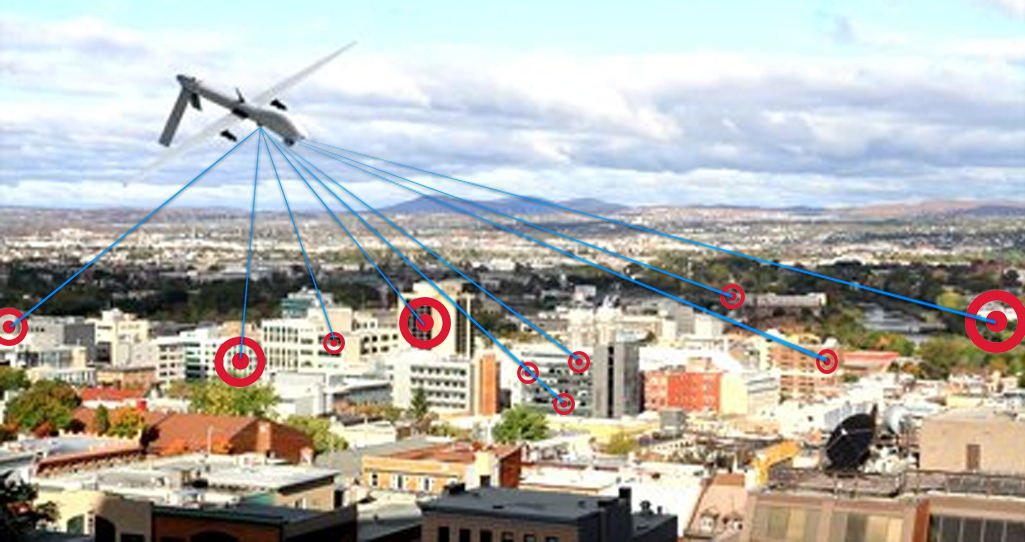
The justice system has to be able to conduct lengthy criminal trials even when important witnesses can’t be there. For example, a typical murder trial will last at least two to three weeks, and may require the testimony of dozens of witnesses. Because of the backlog in our court system, it can be fairly unpredictable as to exactly when a trial will start. For instance, even after all the formal delays in starting a trial (known as asking for a “continuance”), the state still has 10 days to “trail” the case as they wait for a courtroom to become available. And none of this takes into account the time between when an alleged crime occurs and when a case actually goes to trial. In fact, a trial can be years in the making.
So what happens if a witness who has important testimony simply won’t be available when a case finally goes to trial? Sometimes an important witness for either the prosecutor or the defendant will fall ill, move out of the country, or any other number of things happen which would make them unavailable to appear at the trial. The solution to this dilemma is what is known as a “conditional examination.” The procedure to be used in such an examination is carefully crafted to protect the prosecution and the defense and the ability of both to have a fair trial when that time comes.
California Penal Code Sections 1335 through 1345 set forth the circumstances when a conditional examination may be conducted. A conditional examination is appropriate when a witness is: 1) About to leave the state, 2) So sick or disabled that their ability to testify is in doubt, 3) Sixty-five years of age or older, or 4) A dependent adult. For purposes of the “conditional examination” the witness’ testimony is taken in a normal courtroom setting. The Judge, Prosecutor, Defendant and his counsel are all present. While a jury is not present, the testimony is audio and video recorded. If the witness is truly unavailable for trial the tape recording can be played for the jury during the trial. The testimony given at a conditional examination has the same force and effect as if the testimony were conducted live and in person in front of the jury.
 Orange County Criminal Defense Lawyer Blog
Orange County Criminal Defense Lawyer Blog


 Tally another victory for civil liberties and constitutional rights. On Tuesday November 5, 2014, the 9th Circuit Court of Appeals ruled that a gang injunction in place in Orange County was overly broad and
Tally another victory for civil liberties and constitutional rights. On Tuesday November 5, 2014, the 9th Circuit Court of Appeals ruled that a gang injunction in place in Orange County was overly broad and  On November 8, 2013, the Los Angeles Times had a headline that read, “34 year wait for justice is over”. The defendant,
On November 8, 2013, the Los Angeles Times had a headline that read, “34 year wait for justice is over”. The defendant,  Subvert the criminal justice system. Lie to the judge. Hide evidence. Sounds like a defendant in a criminal case doesn’t it?
Subvert the criminal justice system. Lie to the judge. Hide evidence. Sounds like a defendant in a criminal case doesn’t it? 




